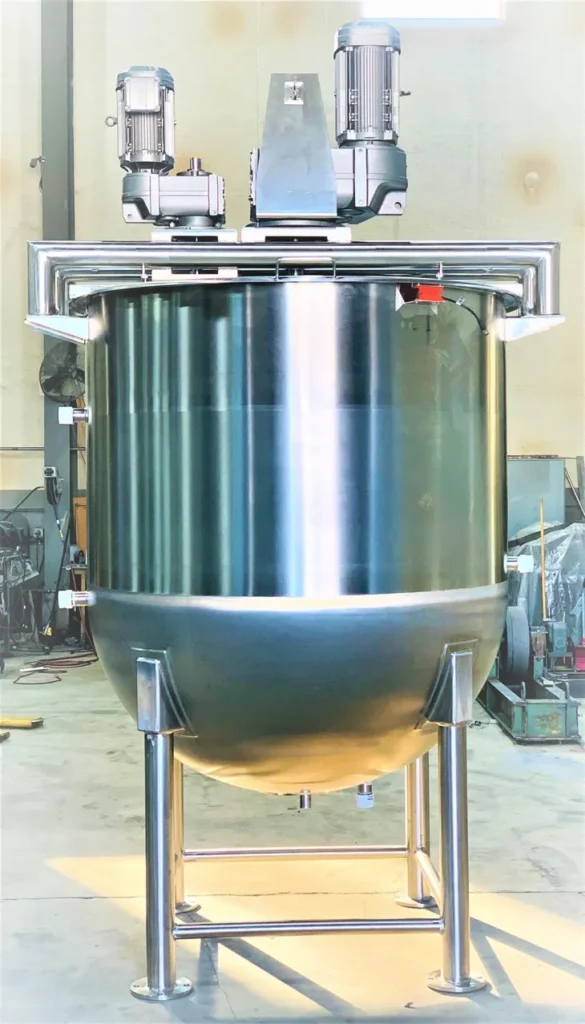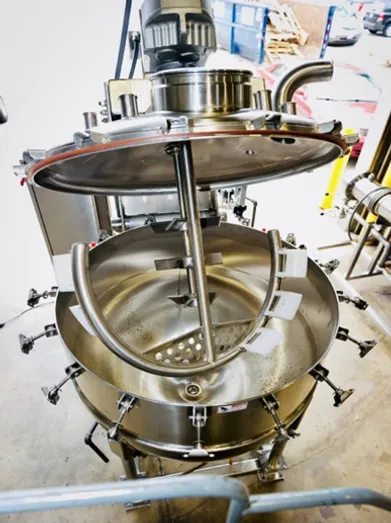
Mixing tanks are essential in various industries, including food and beverage, pharmaceuticals, cosmetics, and chemical processing. They ensure proper blending, dissolution, heat transfer, and homogenization of liquids and semi-solids. There are two main types of mixing tanks: single-wall and jacketed.
Anchor Agitators
Propeller Mixers
High-Shear Mixers
Turbine Mixers
Magnetic Mixers


Stainless steel storage tanks are widely used in industries such as food & beverage, pharmaceuticals, chemicals, and cosmetics due to their durability, corrosion resistance, and ease of cleaning. Here are some key features that can be provided and why they matter:
3. Insulation & Temperature Control
A jacketed vacuum pressure vessel is a specialized tank designed to handle pressurized or vacuum conditions while also providing temperature control through an external jacket. These vessels are commonly made of stainless steel (304 or 316) and are used in industries where precise pressure and temperature control are essential.
Jacketed Design
Vacuum Capability
Pressure Handling
Material & Sanitary Construction
Agitation & Mixing Options
ASME & GMP Compliance
